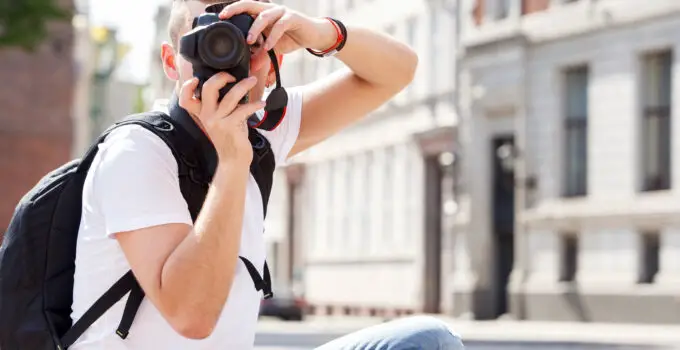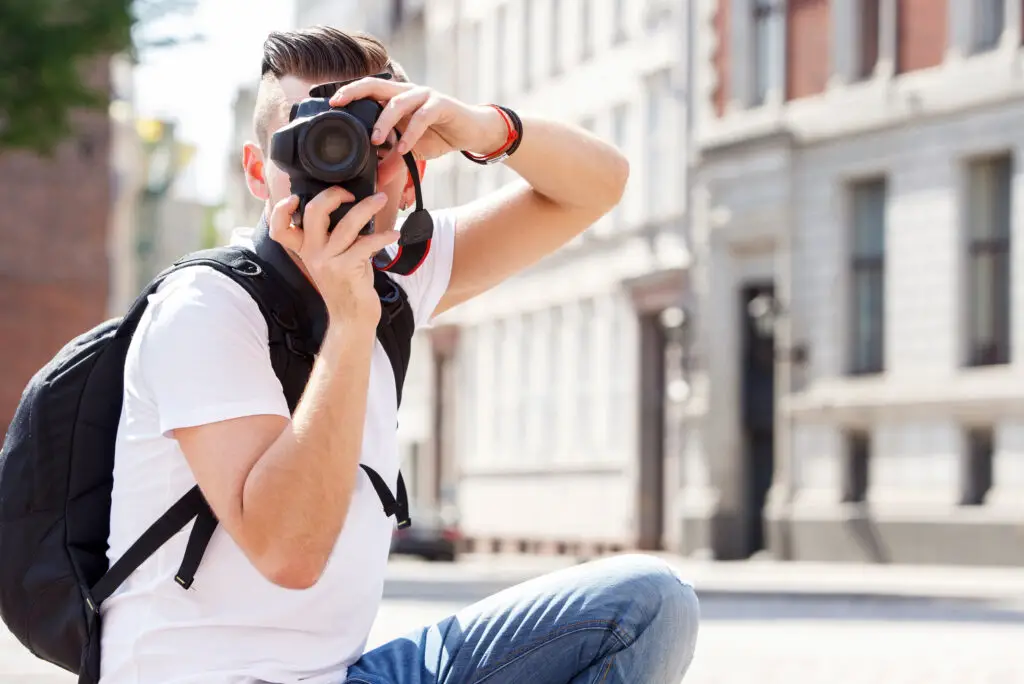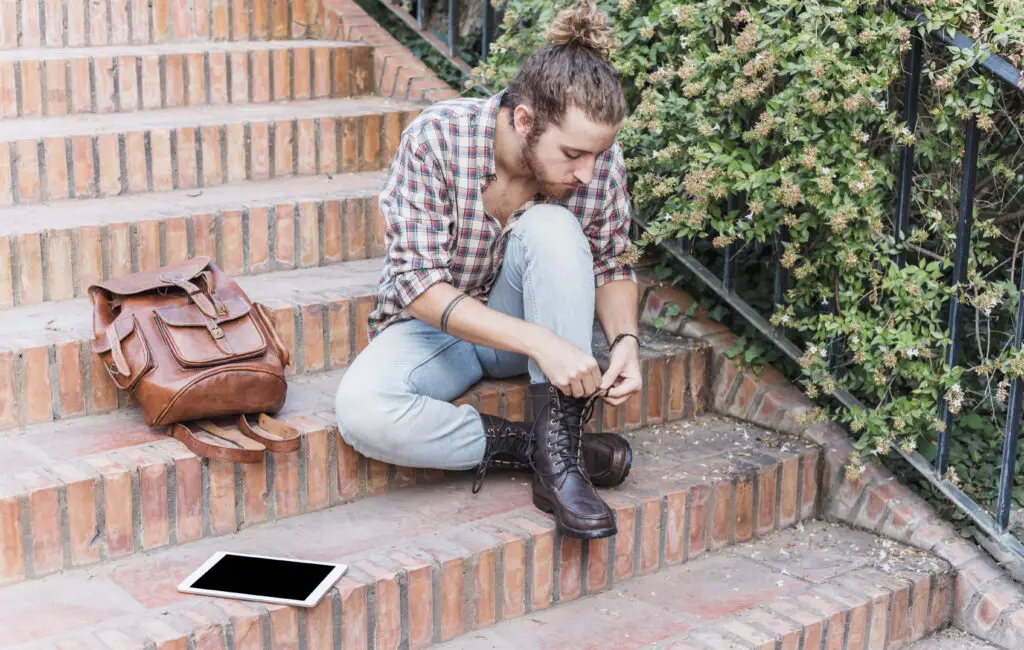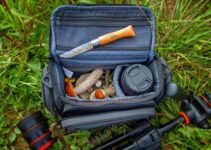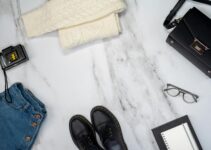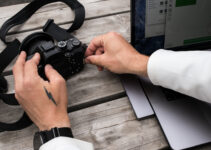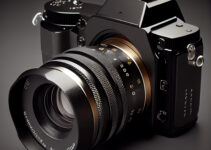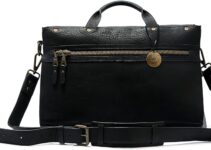How can you travel with a DSLR without a dedicated camera bag? Navigating travel with a DSLR camera can be challenging, especially without a specialized bag to protect your gear.
However, it is entirely possible to ensure your equipment stays safe and functional throughout your journey.
By creatively using everyday items and adopting strategic packing techniques, you can maintain the condition of your DSLR.
This guide will provide practical tips on how to protect and carry your camera using alternatives like padded inserts, clothing, and regular backpacks, ensuring you capture every memorable moment without the bulk of a traditional camera bag.
Here how to use lowepro camera bag?
Is it worth to know how to travel with a DSLR and no camera bag?
Is it important to know how to travel with a DSLR camera bag
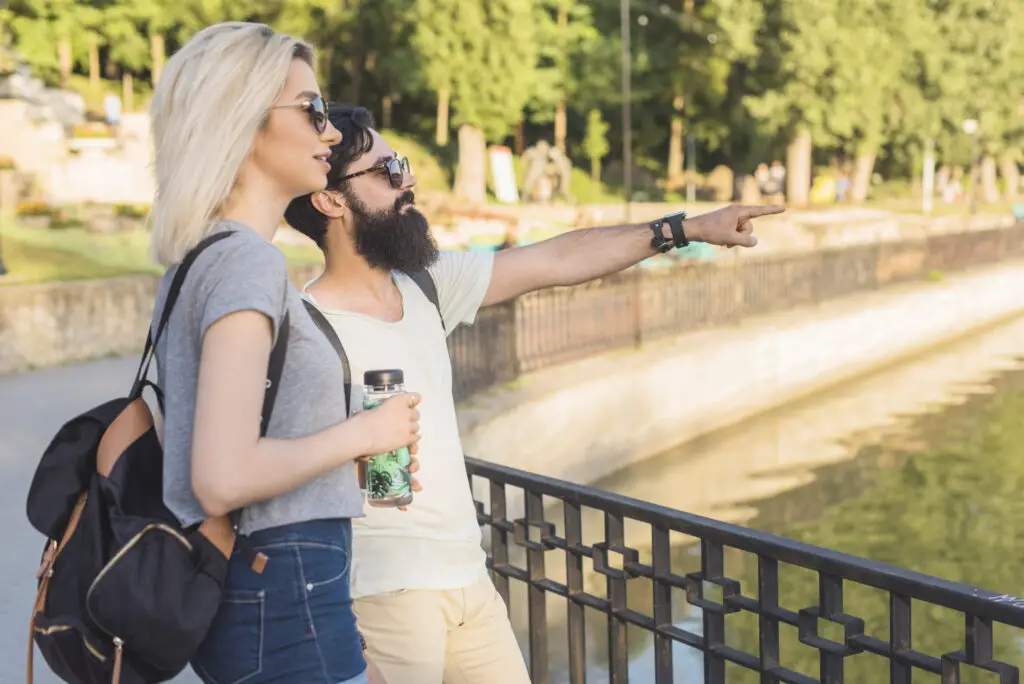
Is it important to travel with a DSLR with a camera bag
How to travel with a DSLR and no camera bag?
Things to know before travelling with DSLR with no camera bag
7 steps to travel a DSLR with no camera bag
7 Tips to travel with a DSLR with no camera bag
5 Benefits to know how to travel with a DSLR camera bag
Related faq’s
How to carry a DSLR while traveling?
To carry a DSLR while traveling, use a padded insert or wrap inside a sturdy, weather-resistant backpack to protect your gear.
Organize your camera and accessories in separate compartments for easy access. Distribute weight evenly to avoid strain, placing heavier items close to your back.
Ensure quick access by keeping your camera in a top or side compartment. Stay discreet by using a standard backpack to avoid drawing attention.
Always keep your bag with you, especially in crowded areas, and consider using anti-theft features like lockable zippers for added security.
What to do if you don’t have a camera bag?
If you don’t have a camera bag, use a padded insert or wrap to protect your DSLR and lenses.
Place the padded insert or wrap inside a sturdy backpack, positioning your camera and lenses centrally and surrounding them with soft items like clothes for extra cushioning.
Use small pouches or cases to organize and protect accessories like batteries and memory cards. Ensure the backpack is weather-resistant to shield your gear from the elements.
Regularly check the position of your gear and adjust the load to prevent shifting and damage. Stay discreet and keep the backpack with you at all times.
What can I use instead of a camera bag?
Instead of a camera bag, use a padded insert or wrap to protect your DSLR and lenses, placing it inside a sturdy, weather-resistant backpack.
You can also use a soft, padded camera sleeve or case for individual items. Wrap your camera in clothes or a thick towel for extra cushioning.
Small pouches or cases can organize accessories like batteries and memory cards. Ensure your backpack is well-padded and distribute weight evenly to avoid damage.
Be mindful of keeping your gear protected from the elements and secure within your bag to prevent shifting or accidental damage.
Can I bring my DSLR camera on a plane?
Yes, you can bring your DSLR camera on a plane. It’s advisable to carry it in your carry-on bag rather than checked luggage to avoid damage.
During security screening, you may need to remove your camera from your bag and place it in a separate bin for inspection.
Make sure to pack your camera and lenses in a padded case or insert to protect them. Keep spare batteries and memory cards in your carry-on, as lithium batteries are subject to specific regulations.
Always check airline policies and security guidelines before traveling to ensure compliance.
Conclusion
Traveling with a DSLR without a camera bag requires careful planning to ensure your gear’s safety and accessibility.
Use a padded insert or wrap within a sturdy, weather-resistant backpack to protect your camera and lenses from damage. Organize accessories in small pouches and distribute weight evenly to avoid strain.
Ensure quick access to your gear and stay discreet to prevent theft.
Regularly check your setup and adjust as needed to keep everything secure.
By taking these precautions, you can effectively manage and protect your DSLR while traveling, even without a dedicated camera bag.

